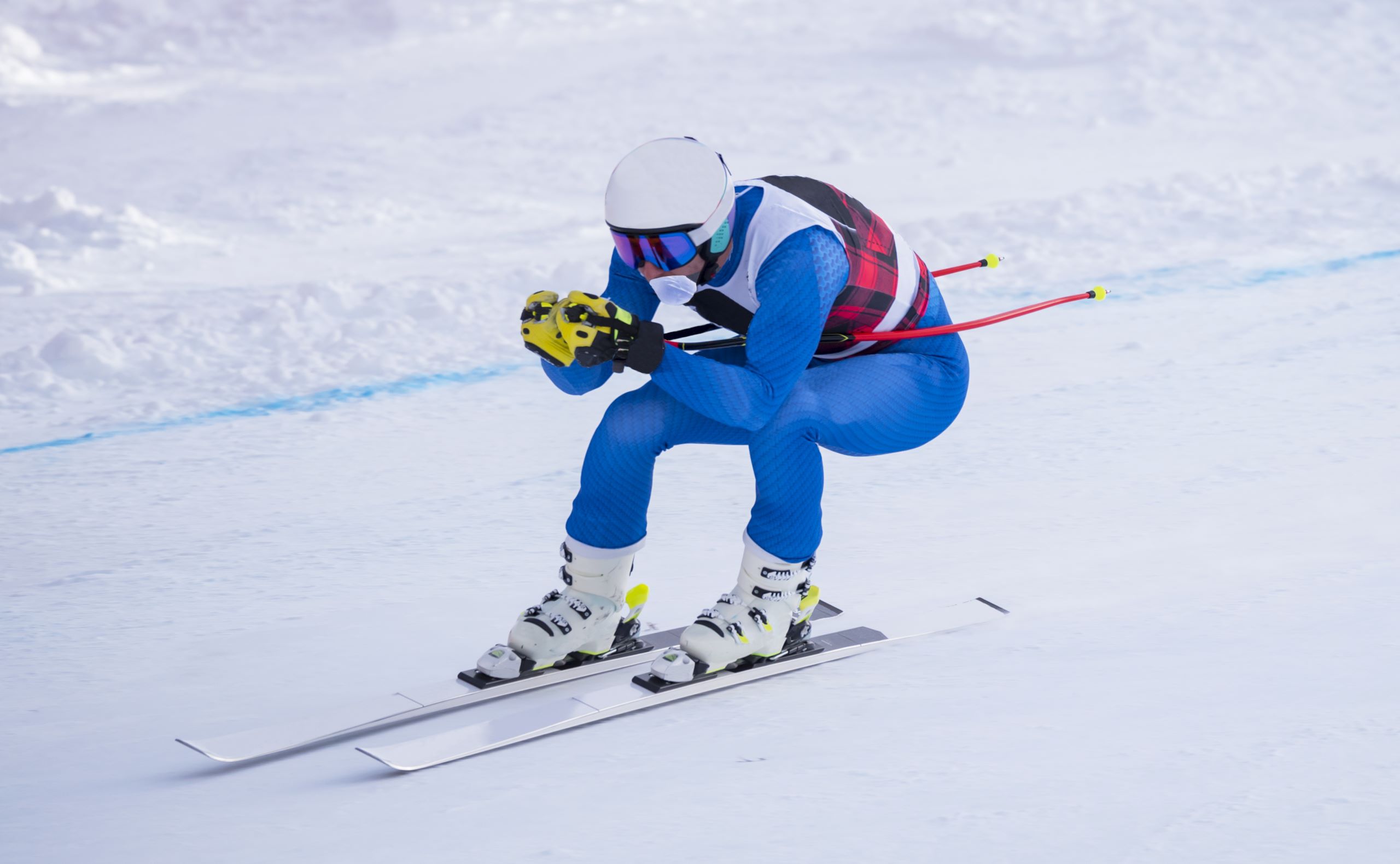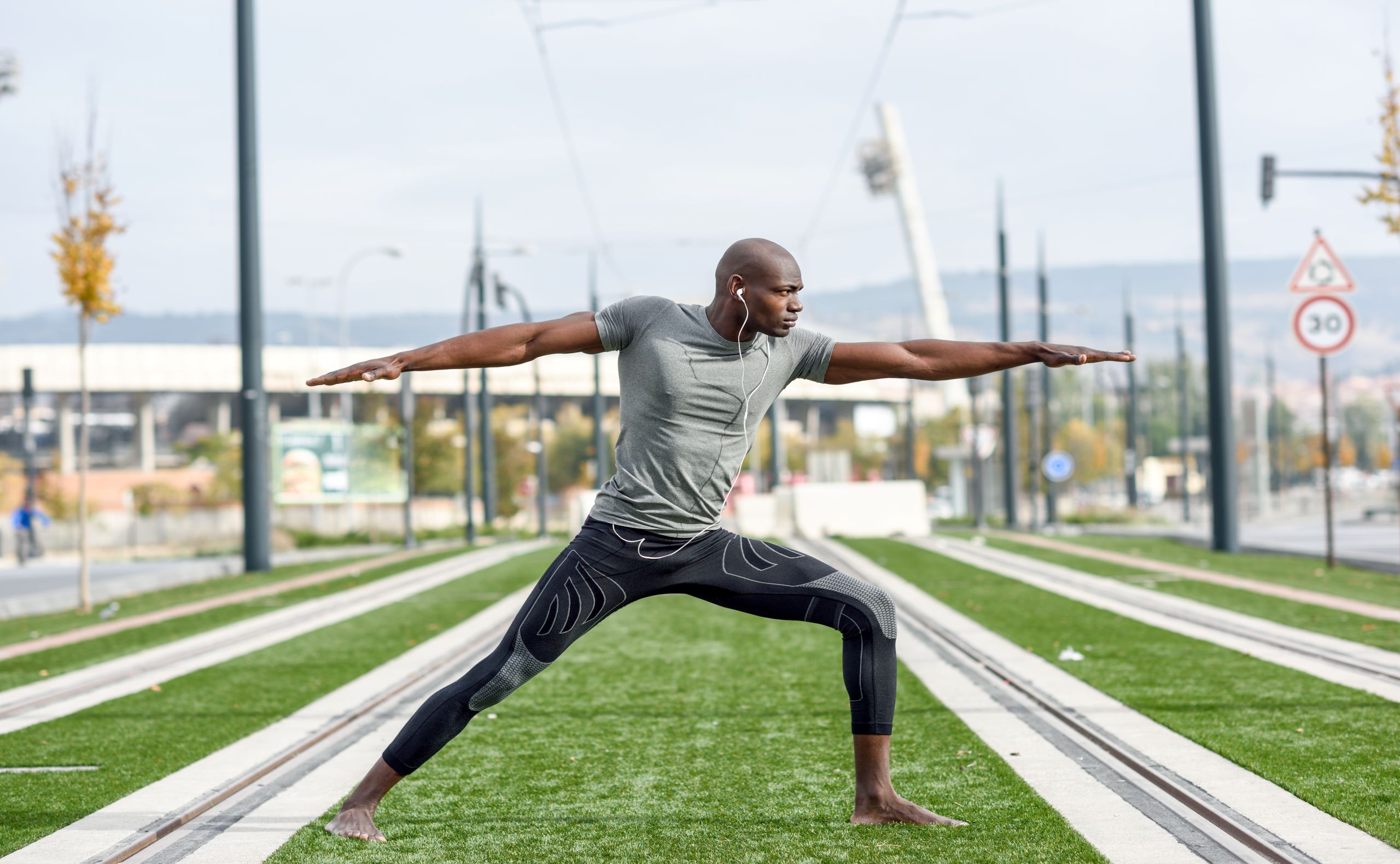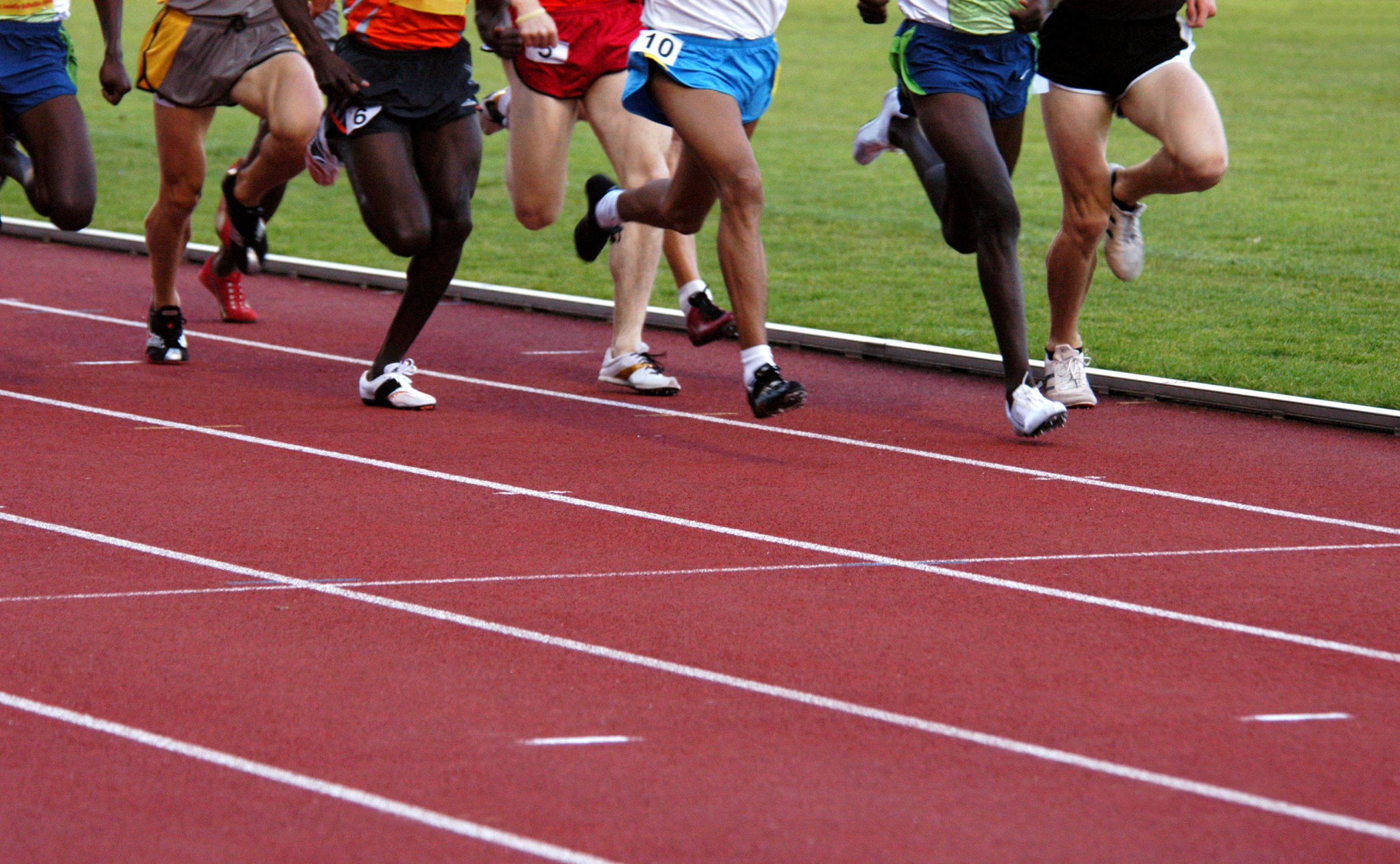The 2022 Olympic Games: Is It a Battle of Athletic Technology?

The 2022 Winter Olympics commence February 2 in Beijing, China, and athletic technology is the star of the show.
Opening ceremonies begin February 4 at Beijing National Stadium (The Bird’s Nest). NBC/Peacock will broadcast, and technology will play a more significant role than ever before.
Athletes will always try to get an edge and do anything to win. Nutrition and conditioning are advanced far beyond even a few years ago. Technology is now at the forefront of physical and mental training.

It’s All In the Uniform
Wearable devices to monitor heart rate, speed, acceleration, and other factors are standard. The VERT device is gaining popularity to monitor workloads. The movement efficiency is monitored from the number of strides a bobsledder makes to lunges by a cross-country skier. It is the size of a thumb drive, connects to an app, and is widely used in sports to prevent injuries.
Some swimmers use the Speedo Fatskin line, modeled after sharkskin. It has a sandpaper-like texture to reduce drag in the water.
Skiers are wearing the latest compression gear, which aids in circulation and muscle recovery. Downhill skiing, which can top 80 mph, is one of the most dangerous events. Suits now include airbag safety vests for vital protection.

The Digital Code
Olympic sprinters and speed-reliant athletes no longer rely on parachutes, weighted harnesses, and other devices to improve speed. Now, smart clothing fitted with sensors measures their movements. It enables trainers to improve technique and even develop standard ‘digital codes” to predict competitive performances.
The same technology allows cyclists, swimmers, skiers, and other athletes optimum repetitive movements.

Just Relax
The Indian Olympic team uses athletic technology for better relaxation. It has adopted the Dhyana device, small and wearable, which provides biofeedback during meditation. It tracks valuable ‘mindful minutes’ when they meditate to better prepare for competition.
Olympic cyclists make use of Augmented Reality in their training routines. They use AR glasses to simulate Olympic courses to be ready for adjustments before they occur.

Is That Legal?
Affordability comes into play, as some nations do not possess the latest athletic technology and resources. In 2021, the IOC banned a Nike Vaporfly running shoe prototype containing triple carbon fiber plates embedded in the foam.
The rules now read that the thickness of the sole cannot exceed 40mm, making newer, thinner versions legal.

Coming to You From the Cloud
As for the broadcast, the Olympic Broadcasting Service (OBS) Cloud plays a significant role in distributing from China. It is a collaboration between the OBS and Alibaba Group cloud technology. The cloud-based broadcast will make for less equipment and technicians to produce and deliver it worldwide.
“The flexibility of a cloud platform enables remote post-production and production to be done faster – and from any location with an internet connection,” said Selina Yuan to the South China Morning Post. She is GM of International Business for Alibaba, which owns the Post.
Athletes have come a long way from eating right, sleeping well, and training hard. Technology, including contact tracing, is as much a part of the competition as they are. Check the schedule online, make sure you’ve got a good signal on your HDTV, charge your phone, and enjoy the games.



